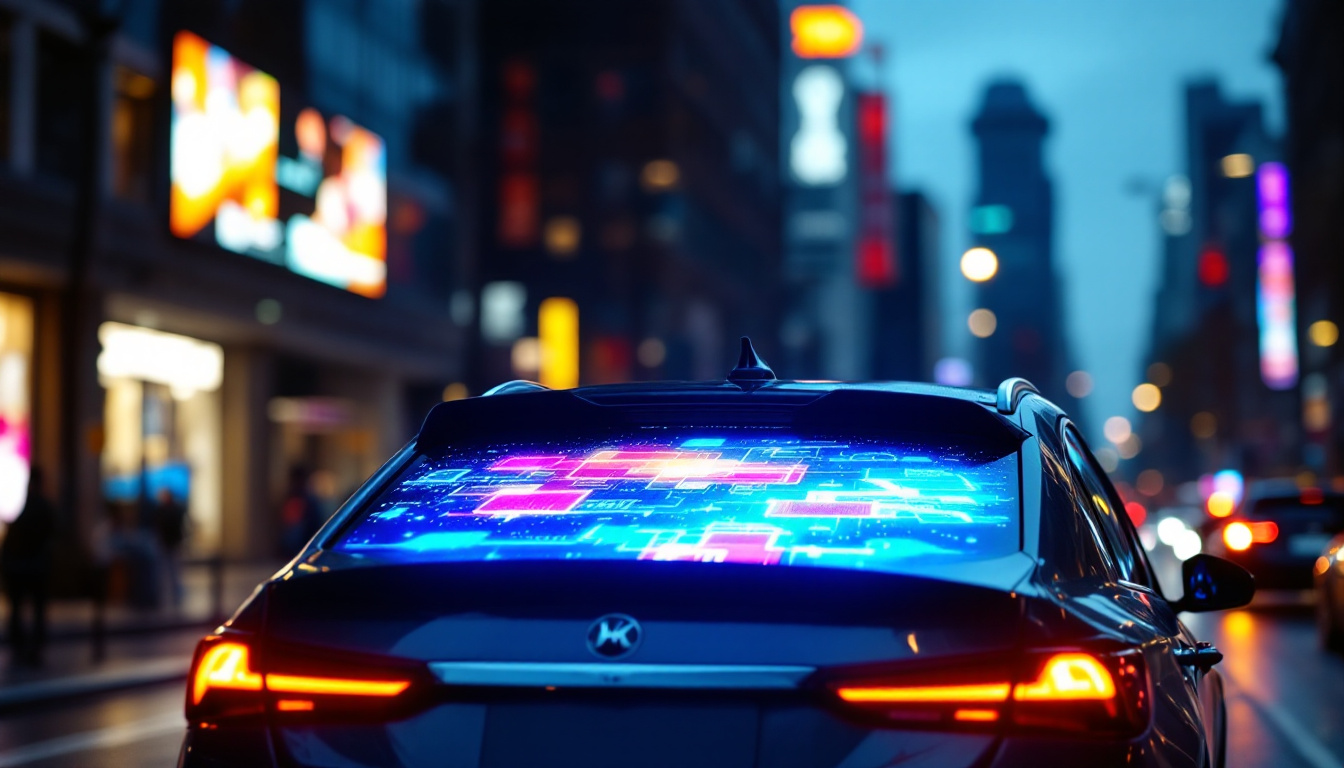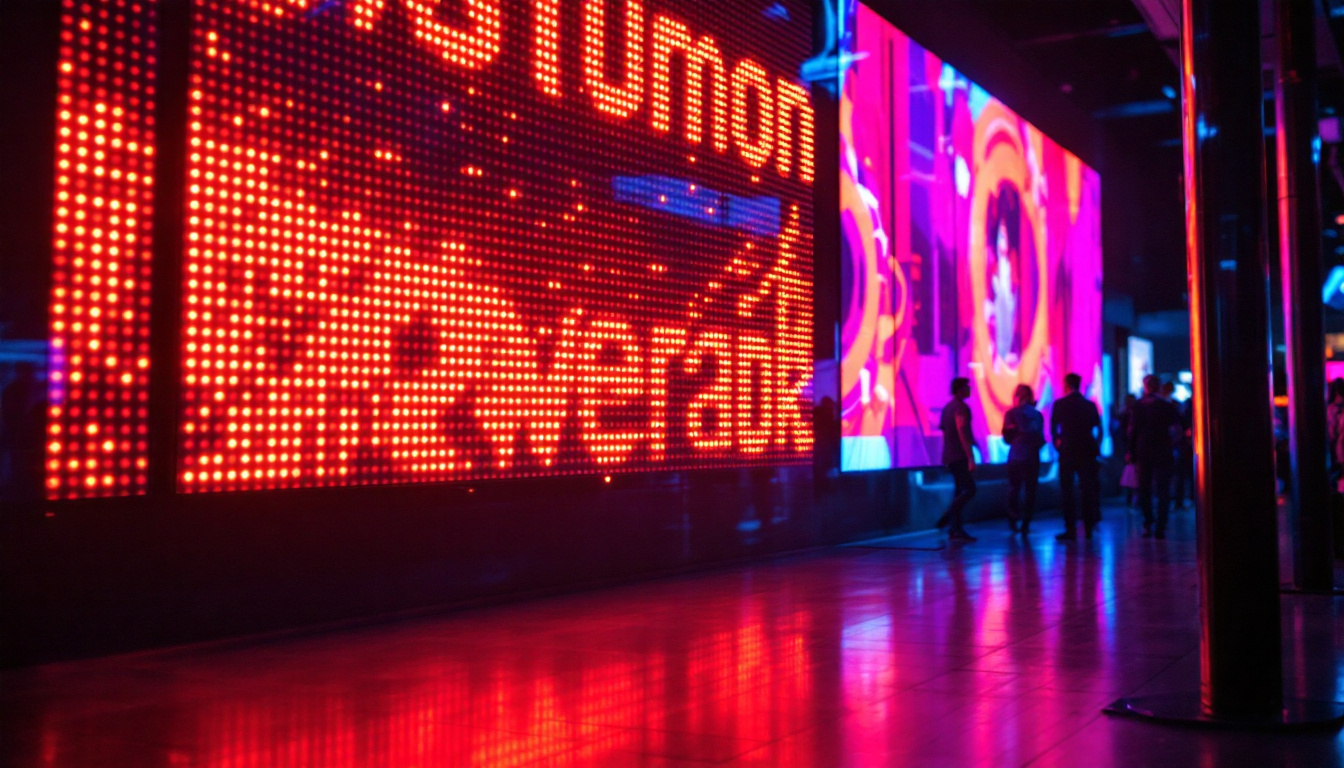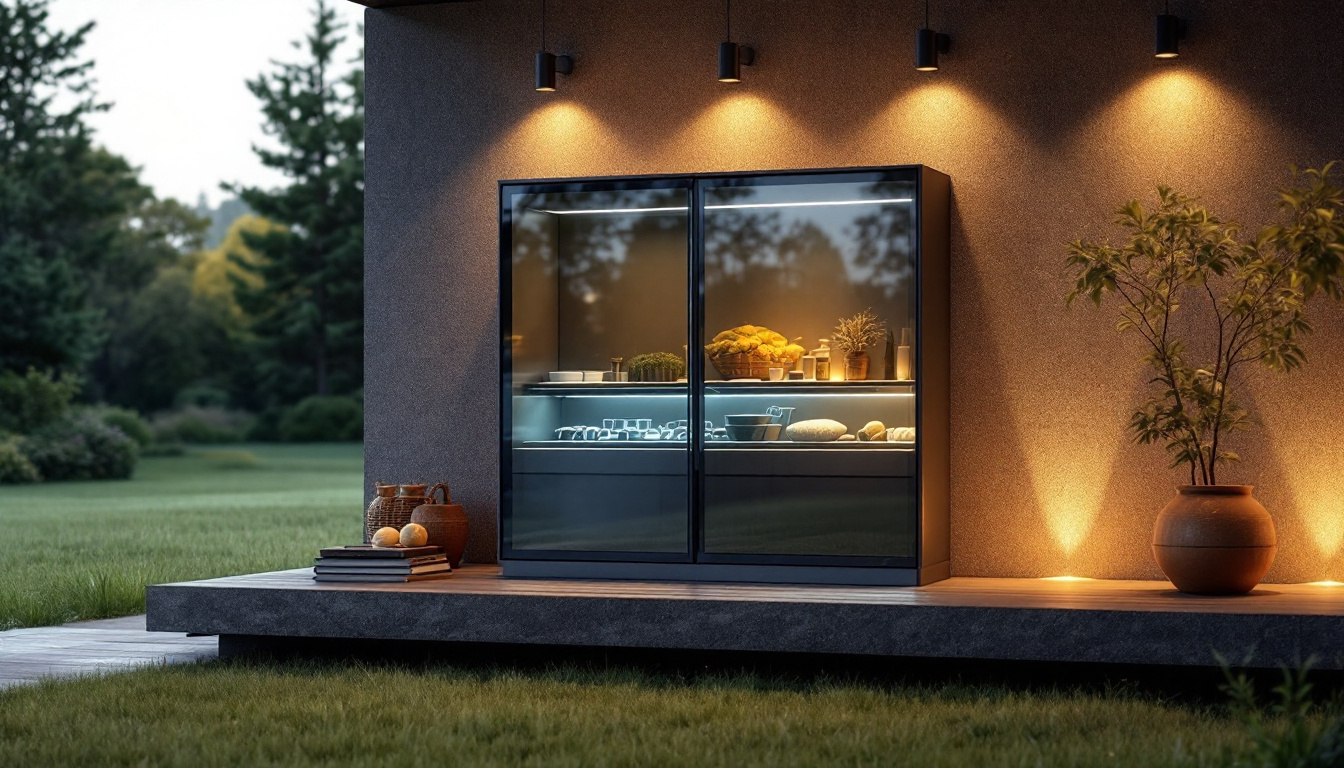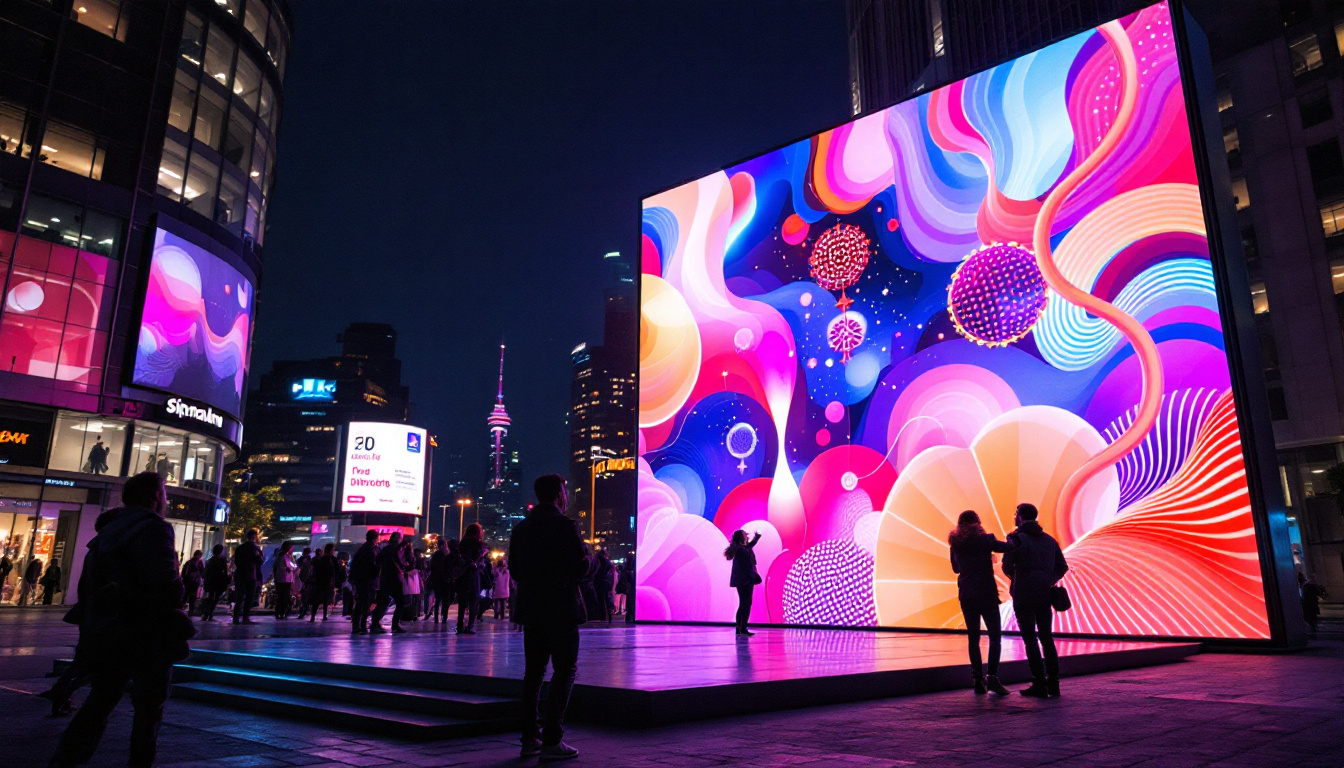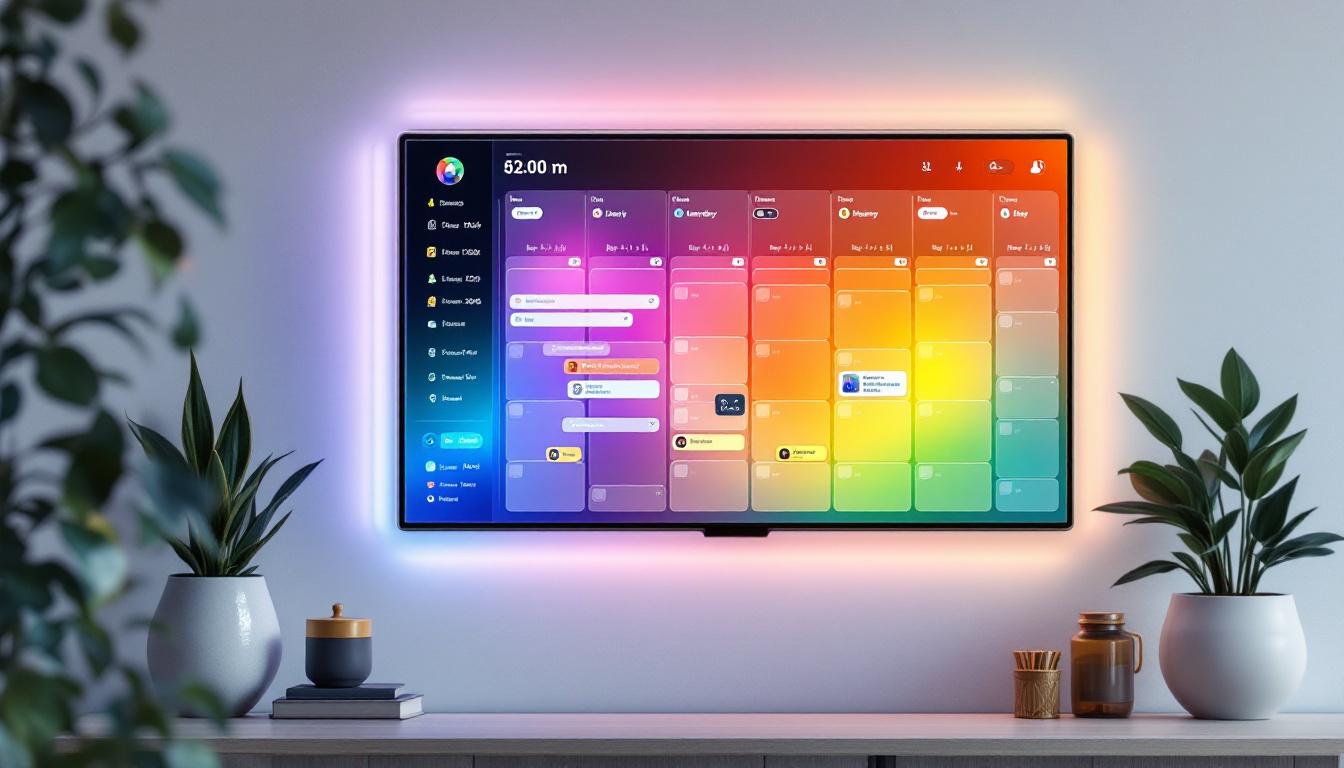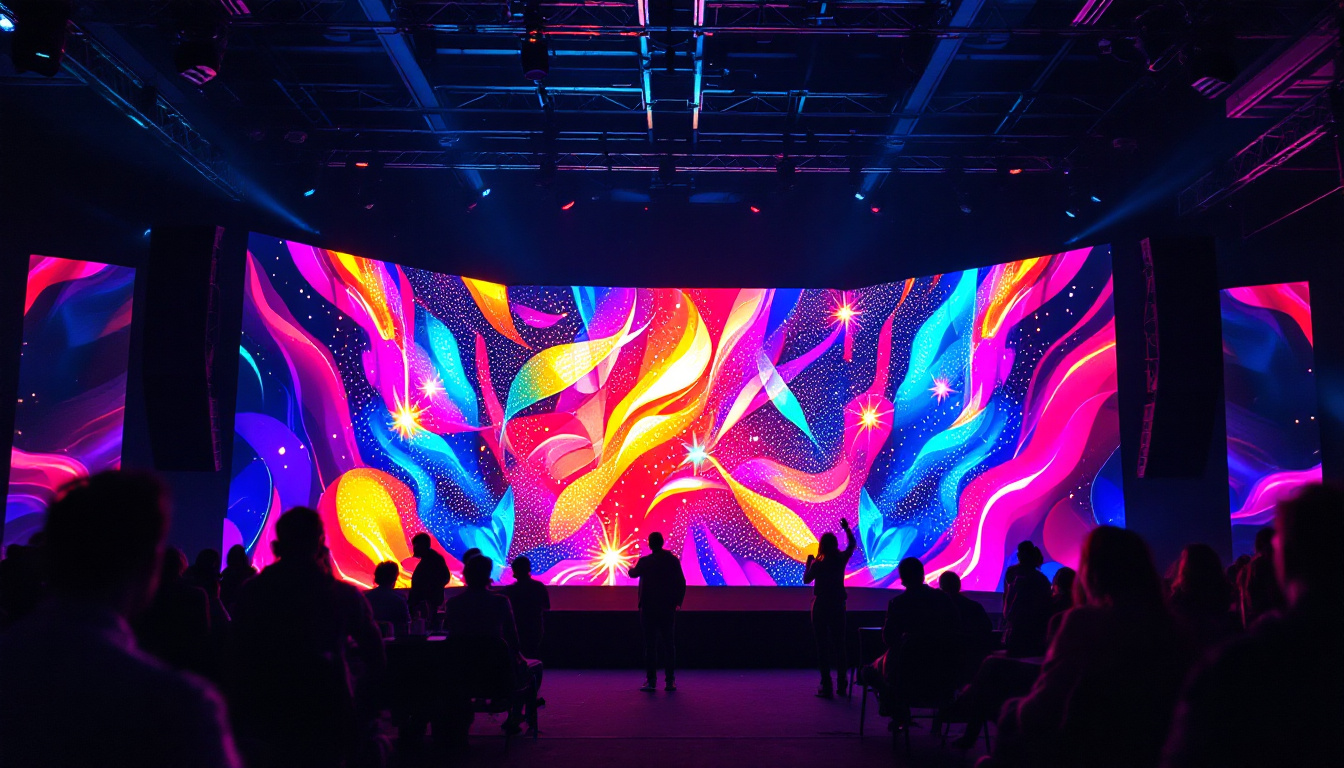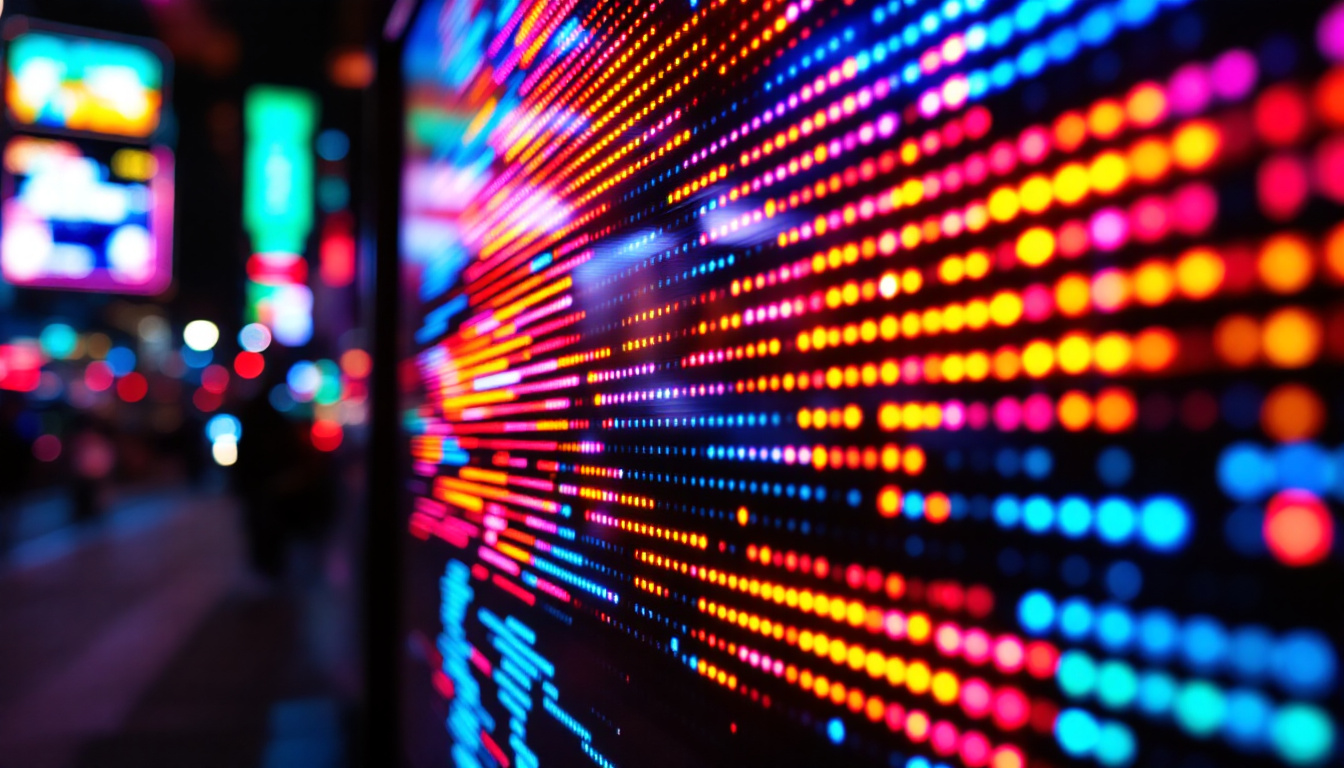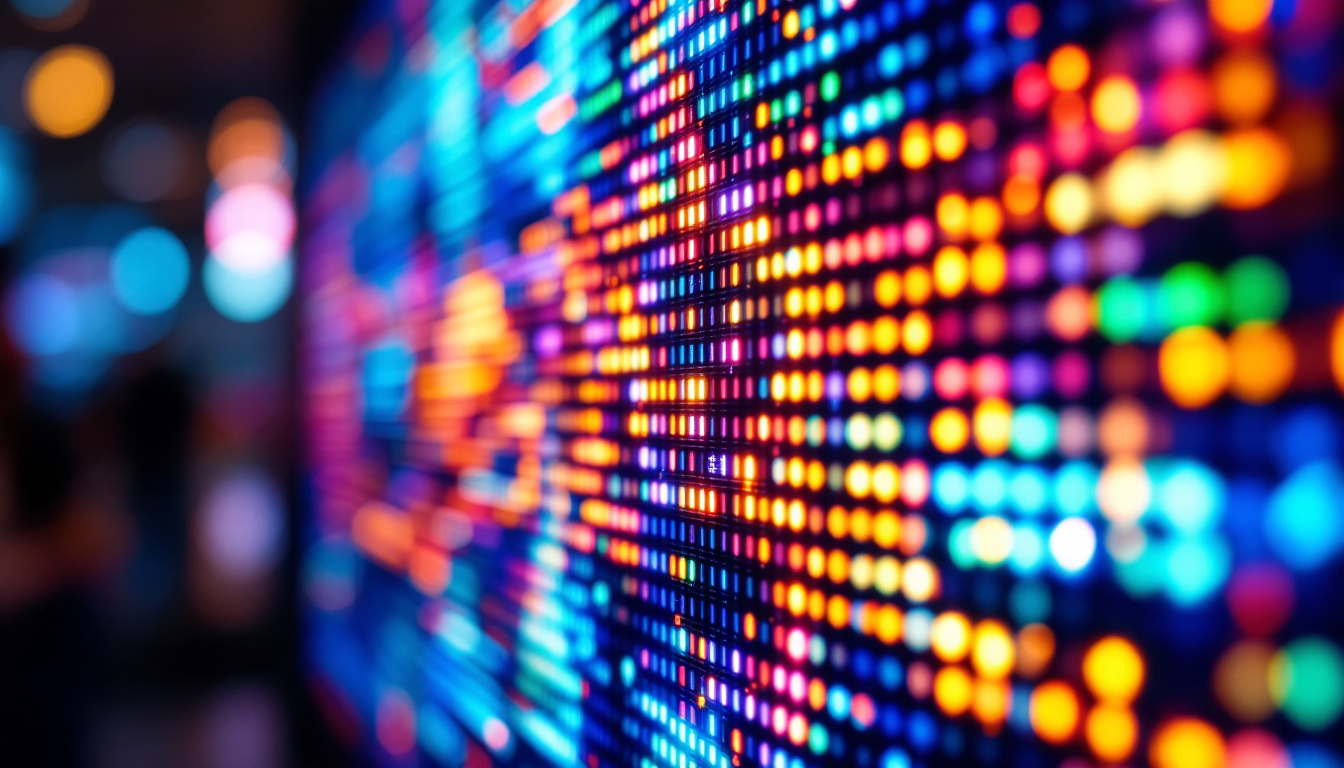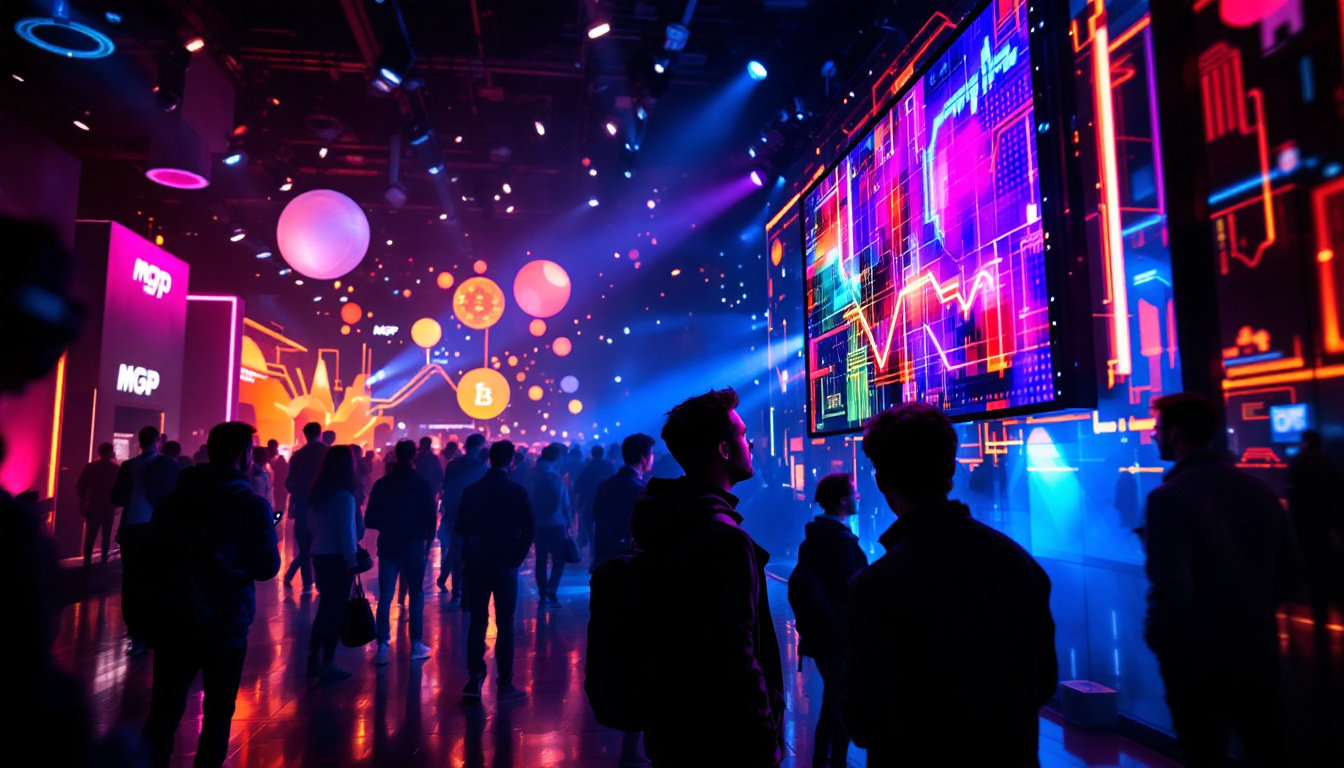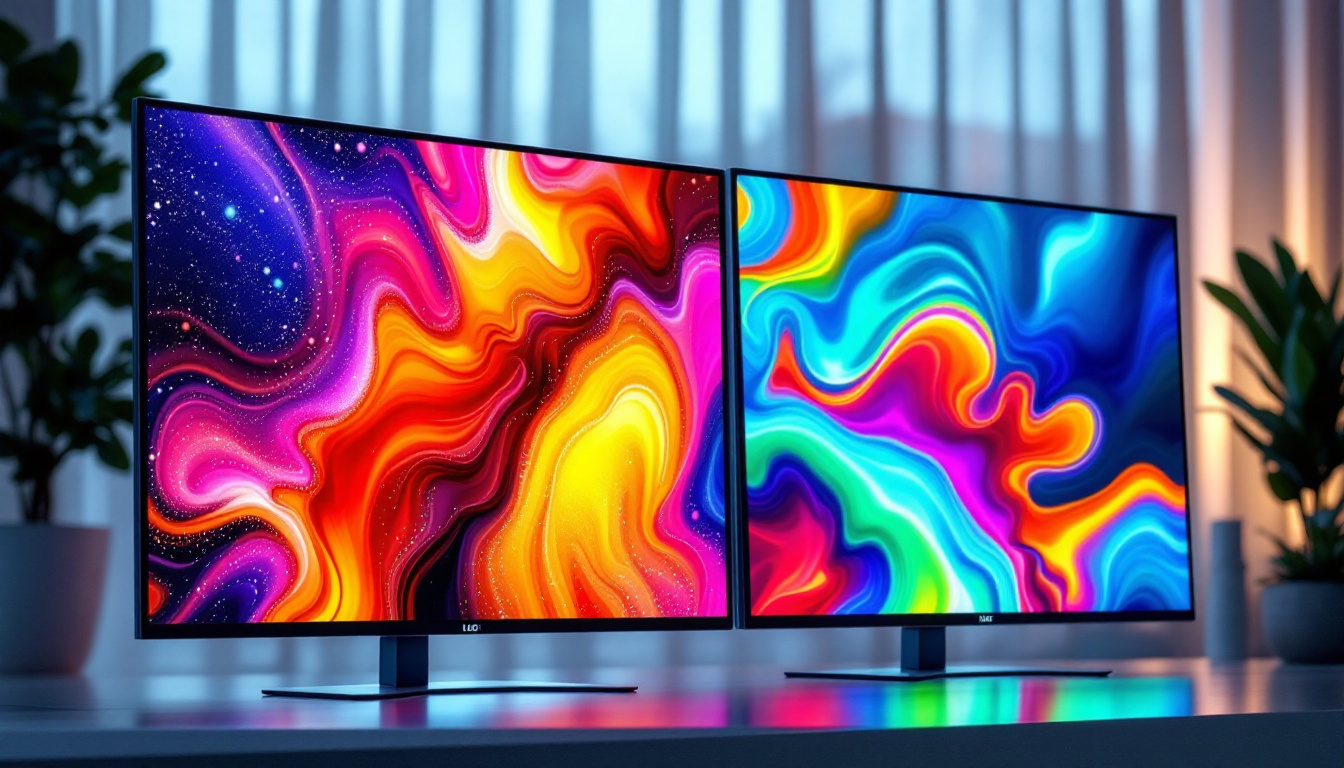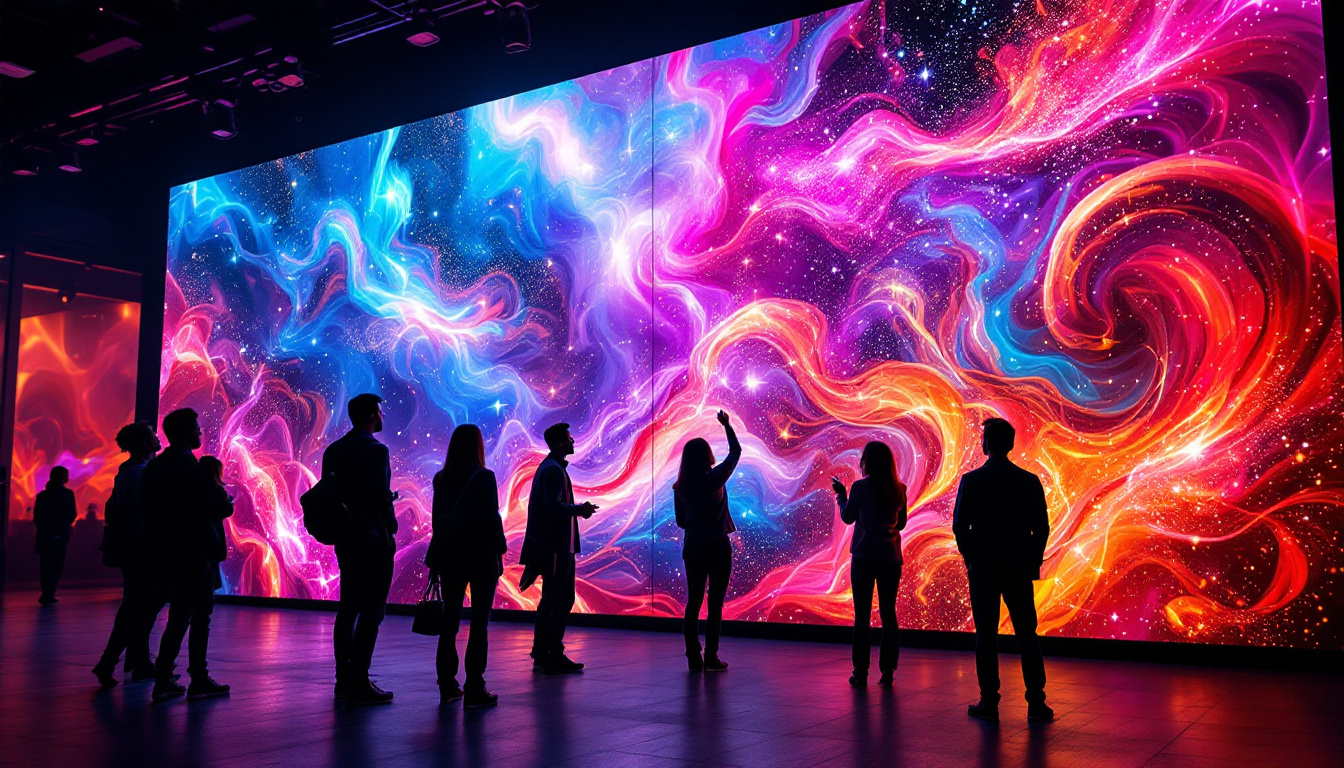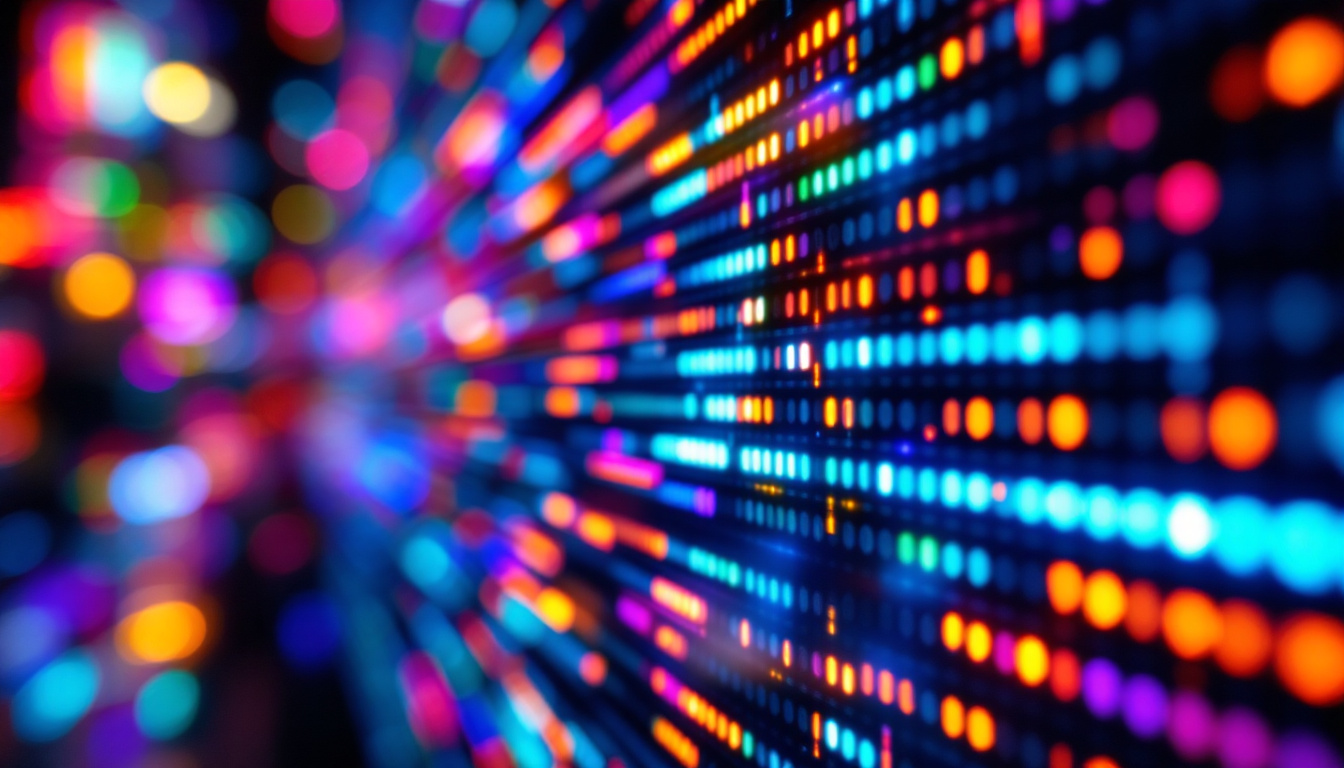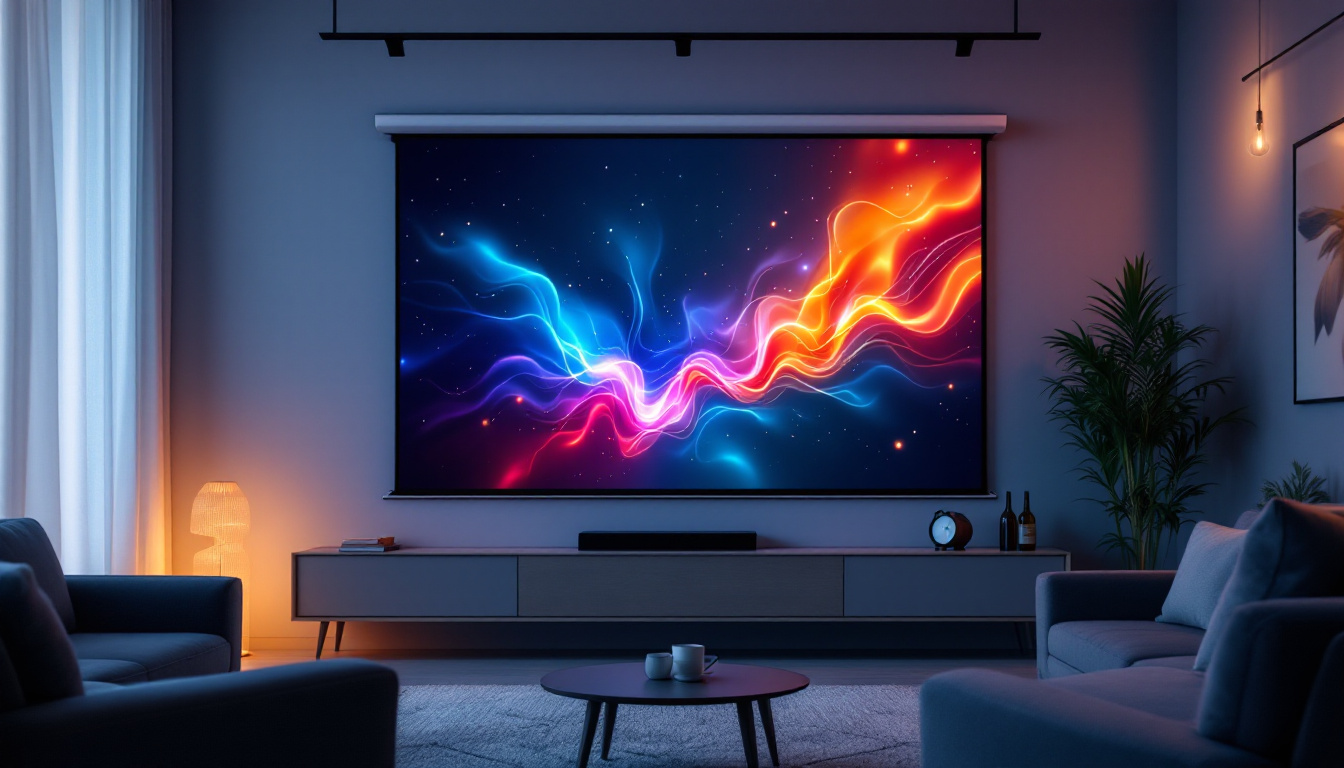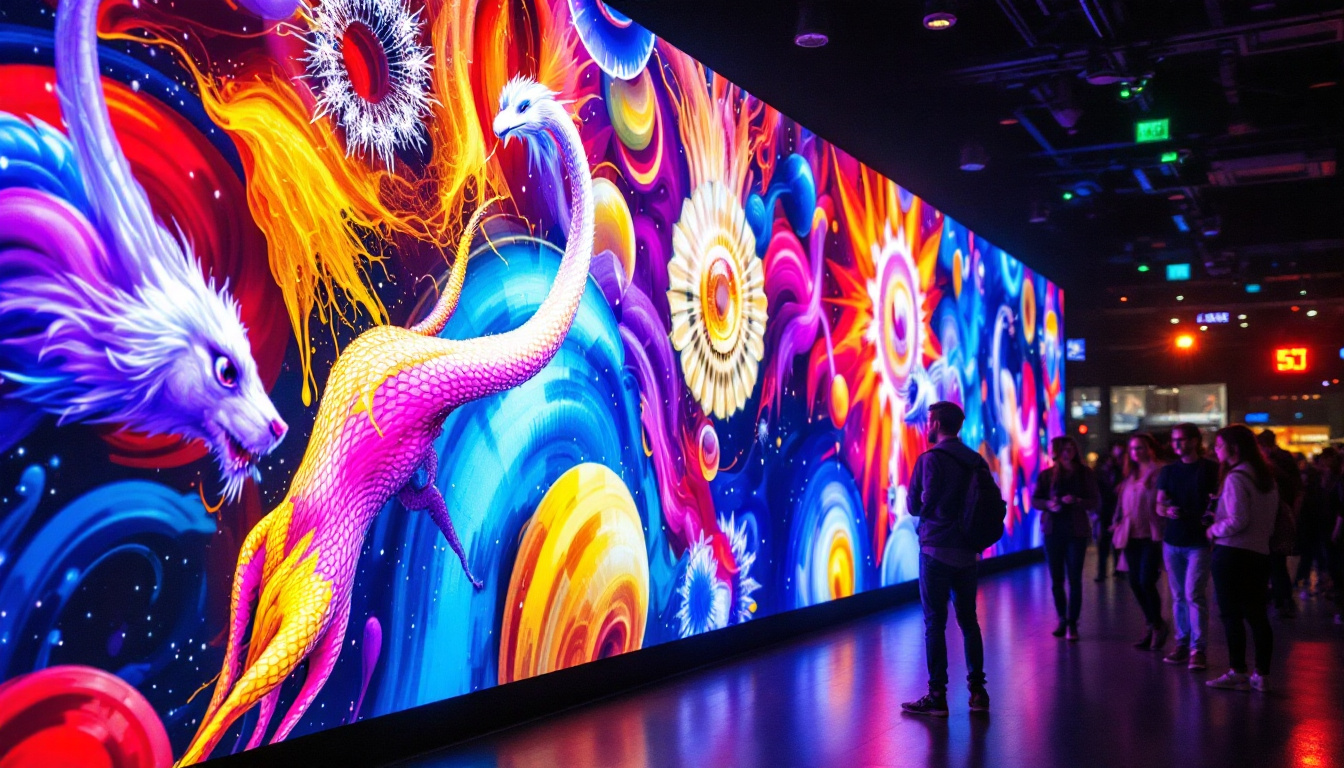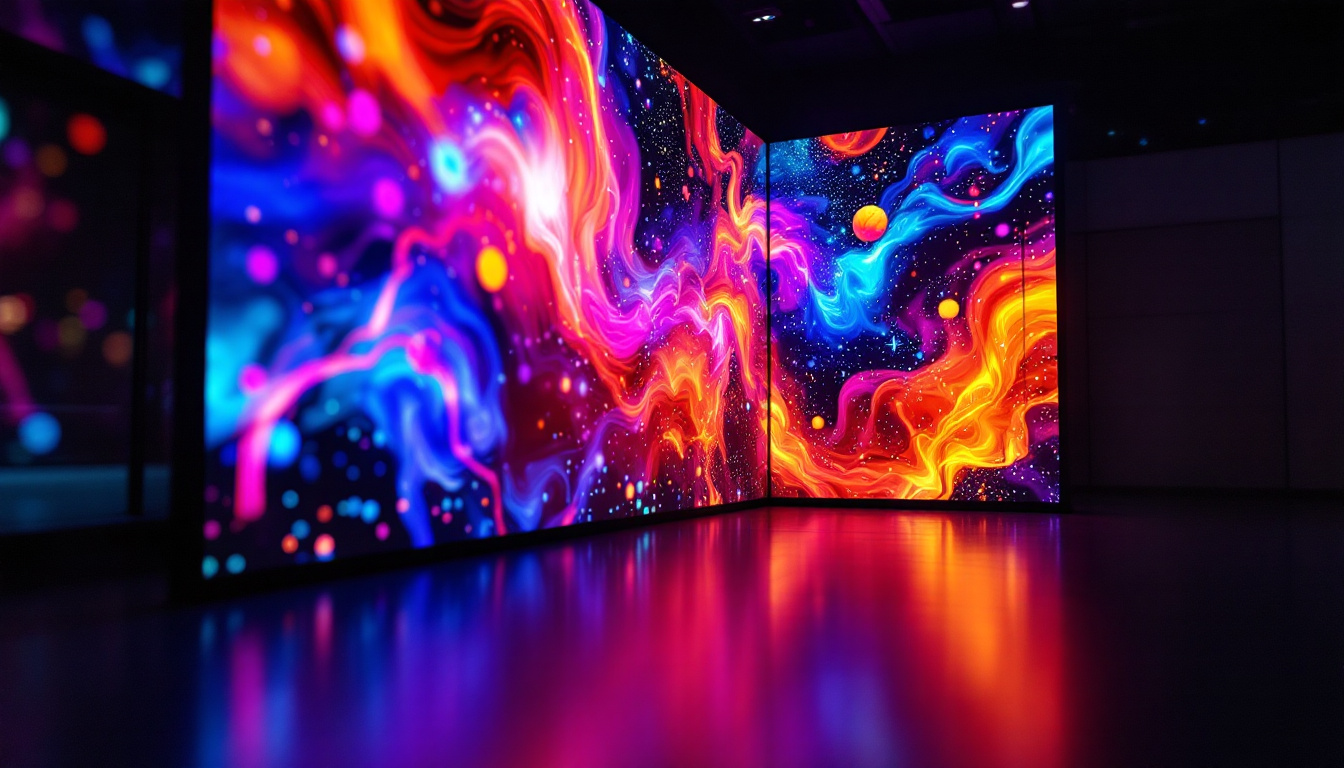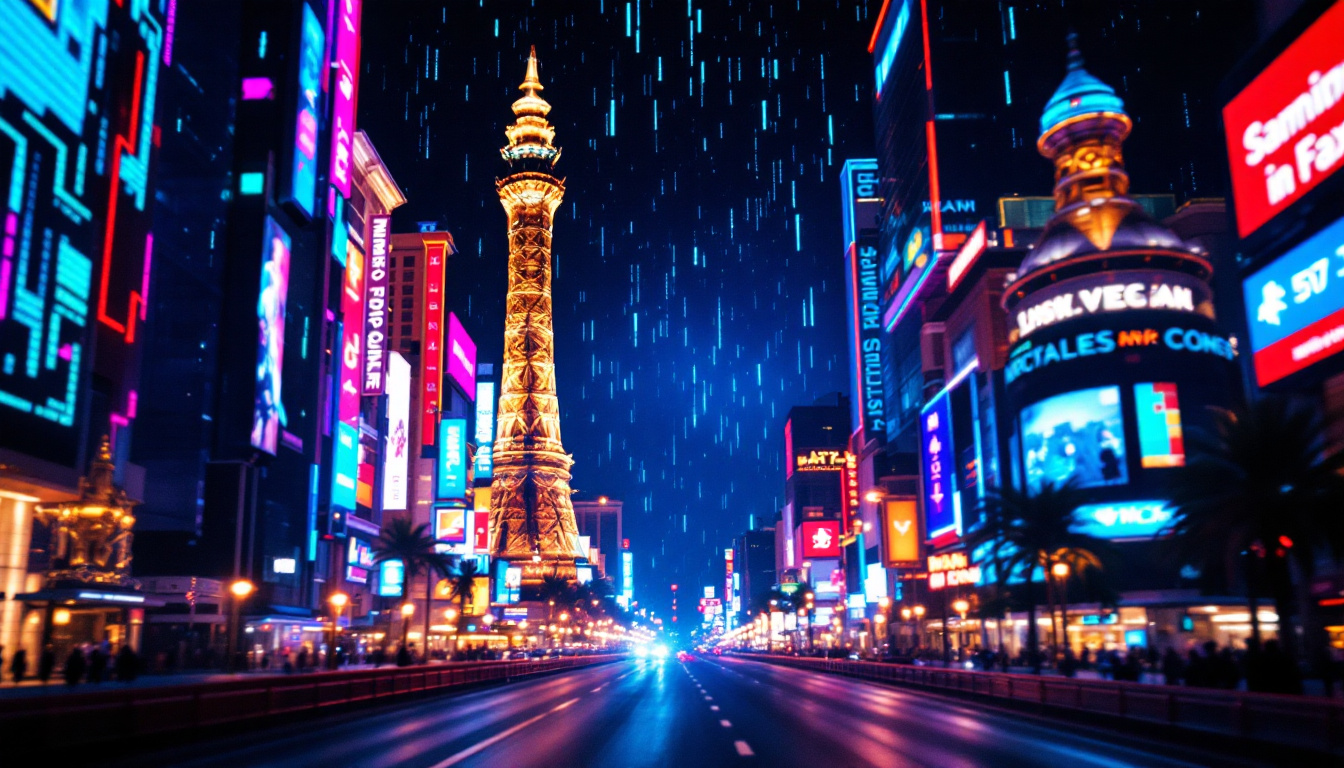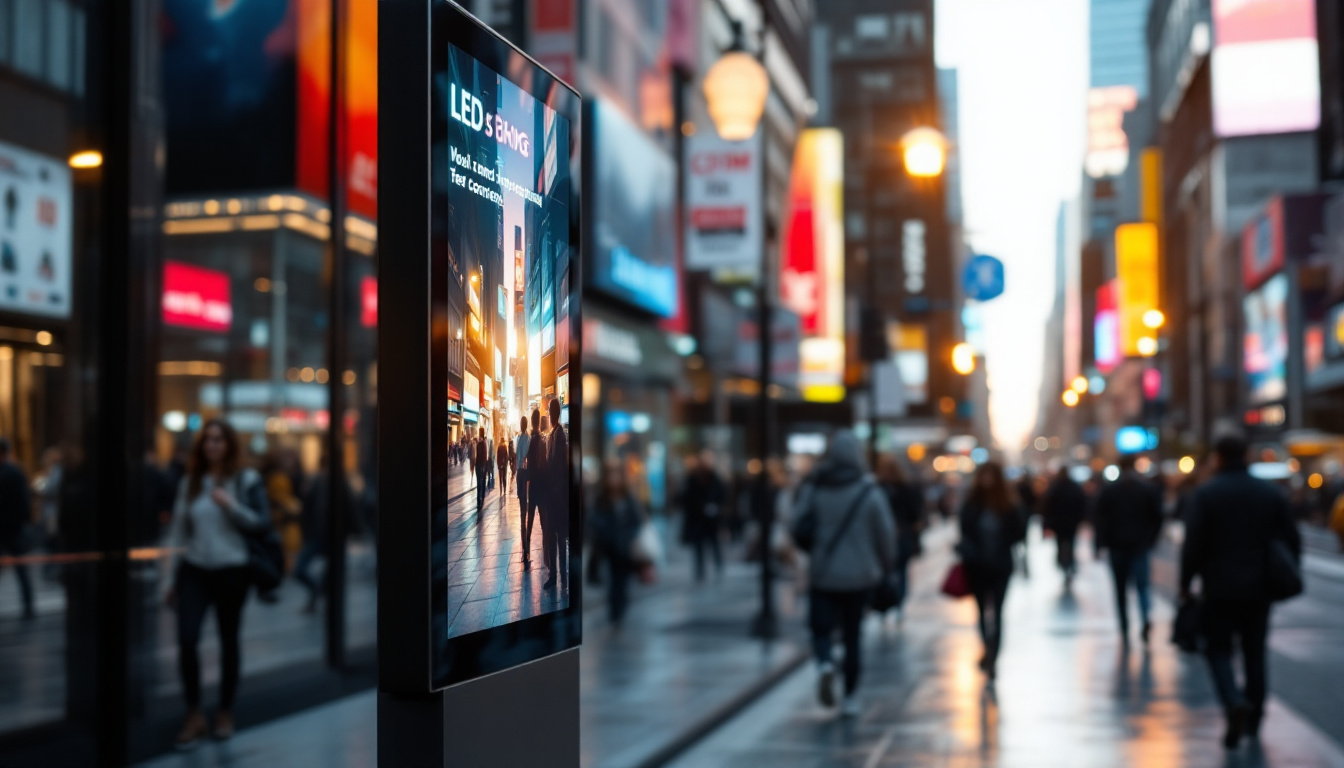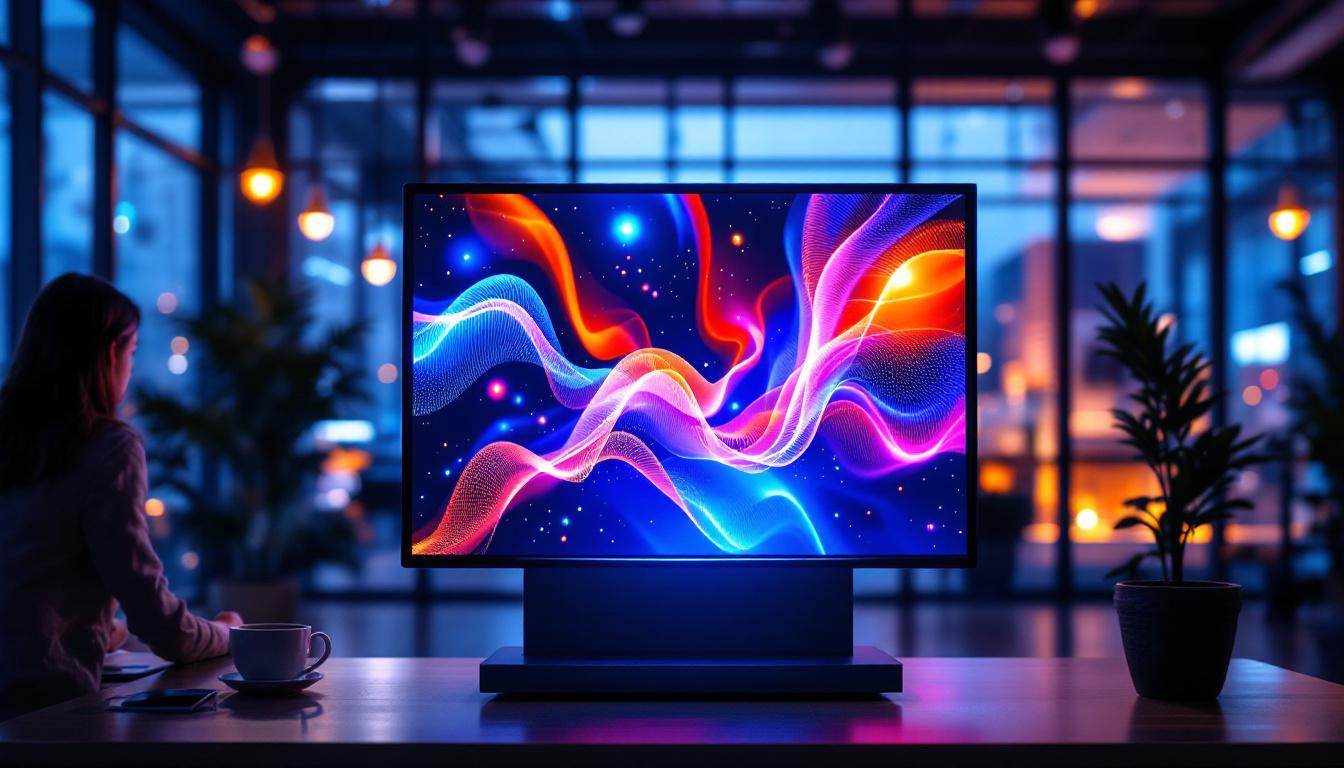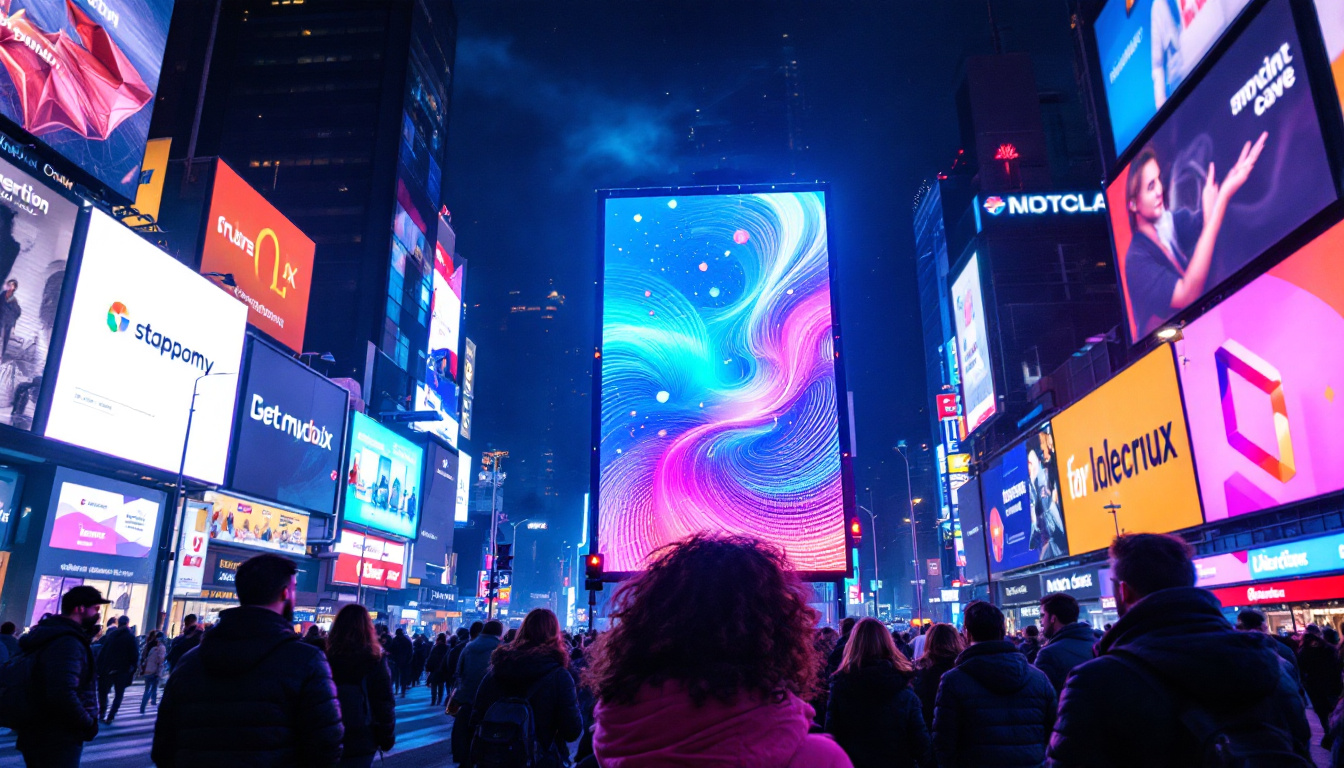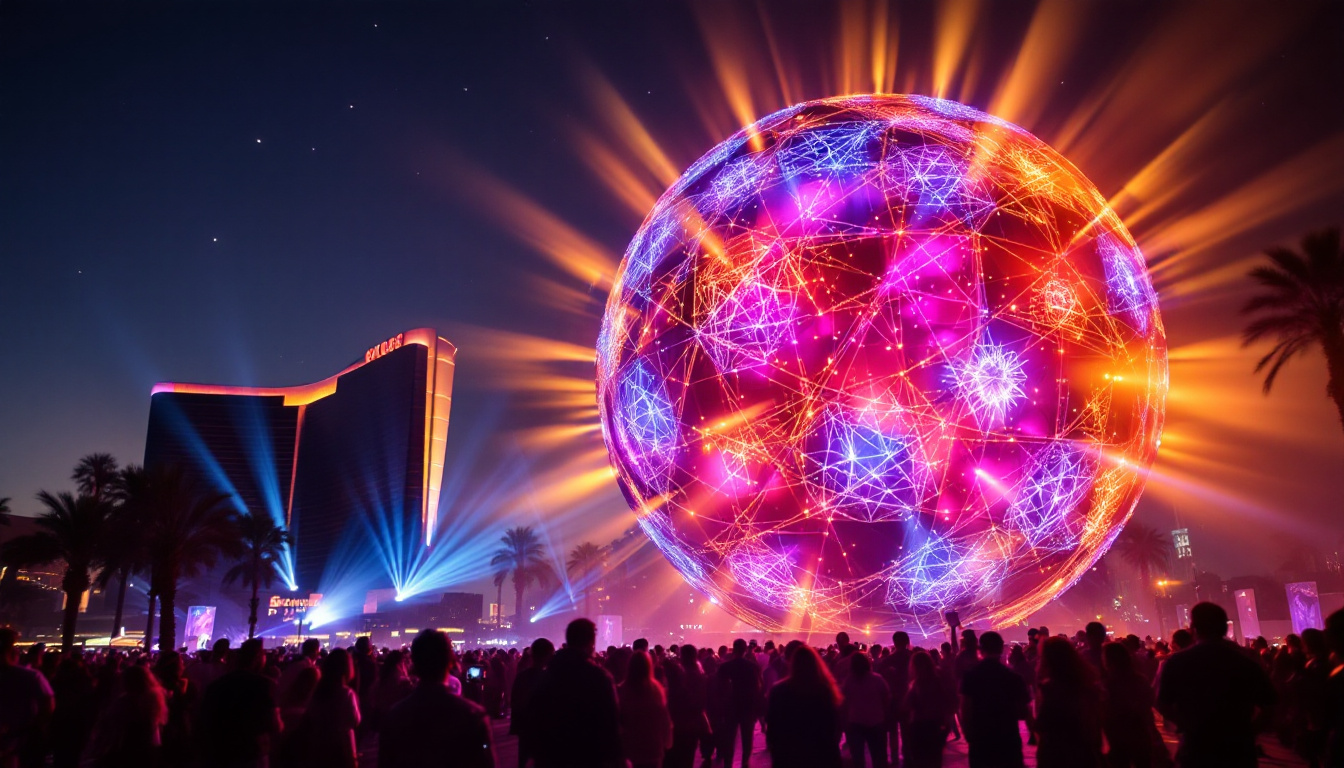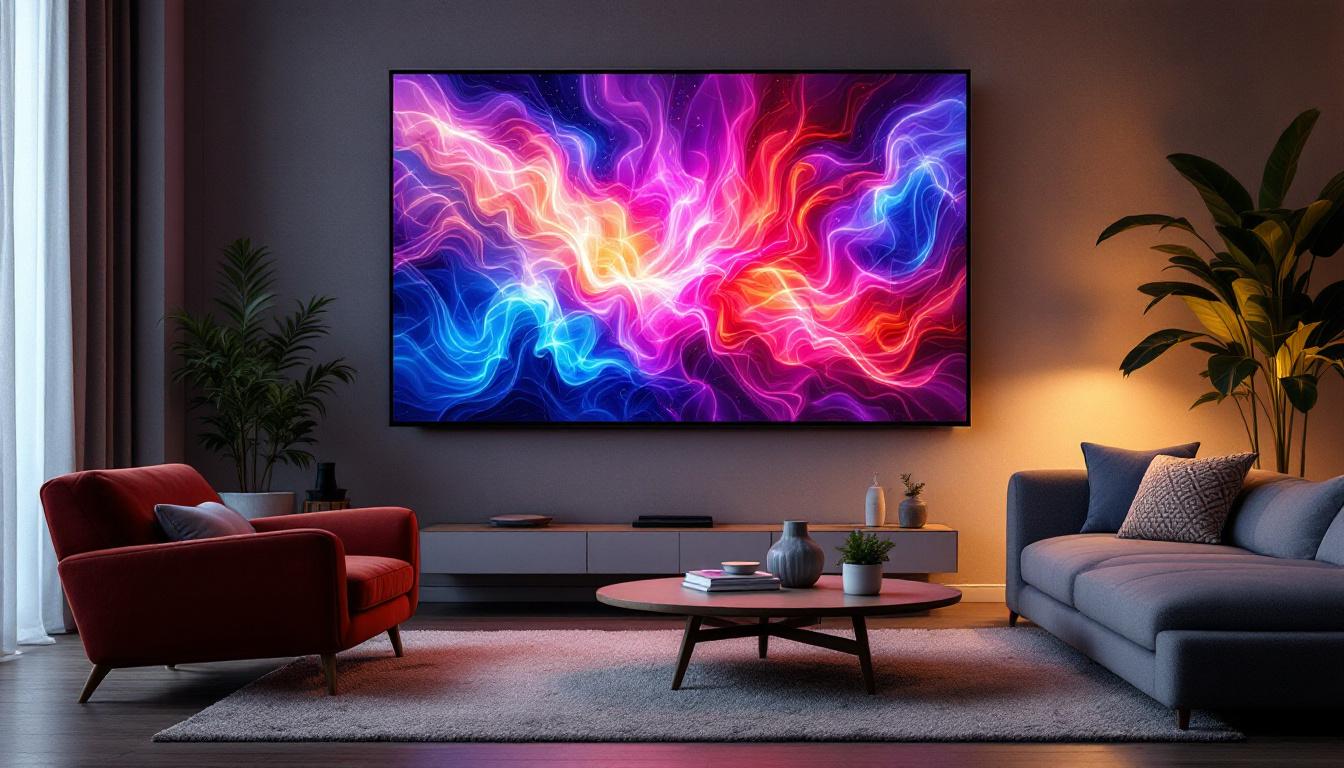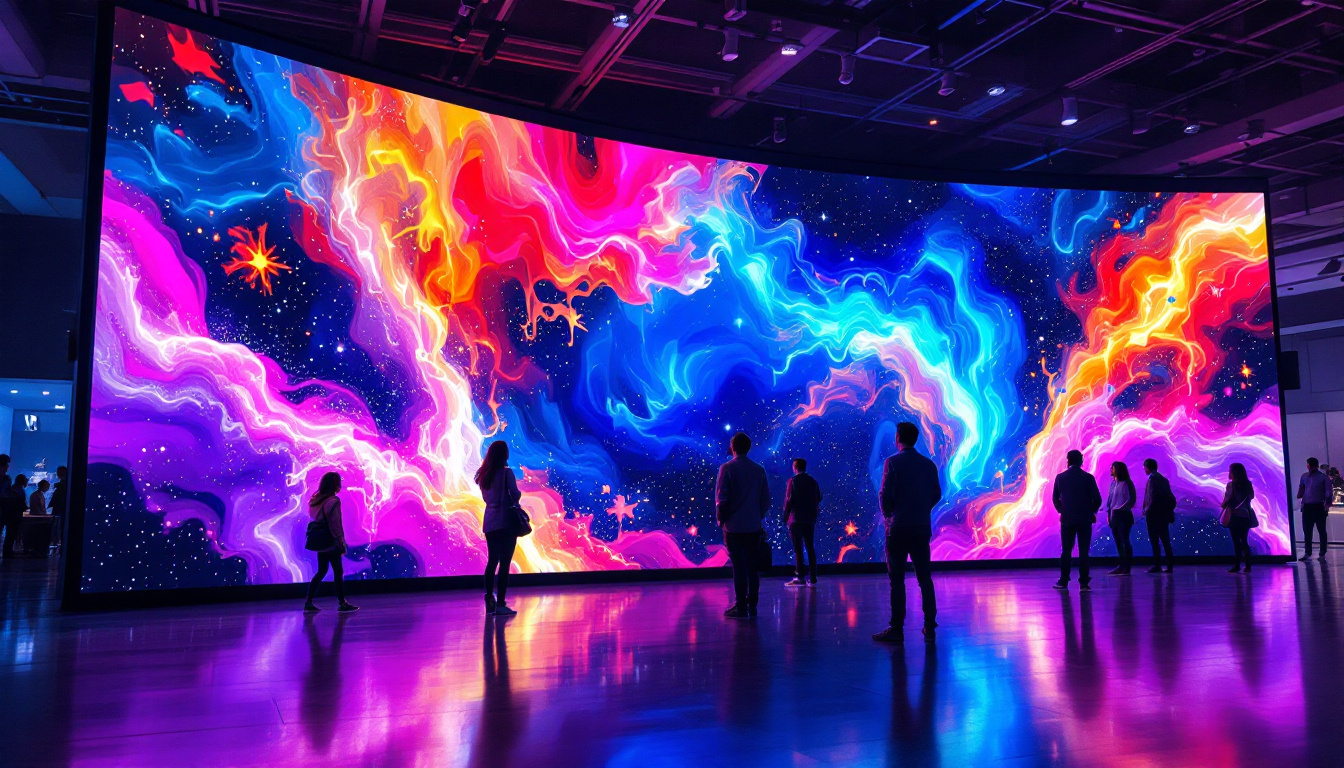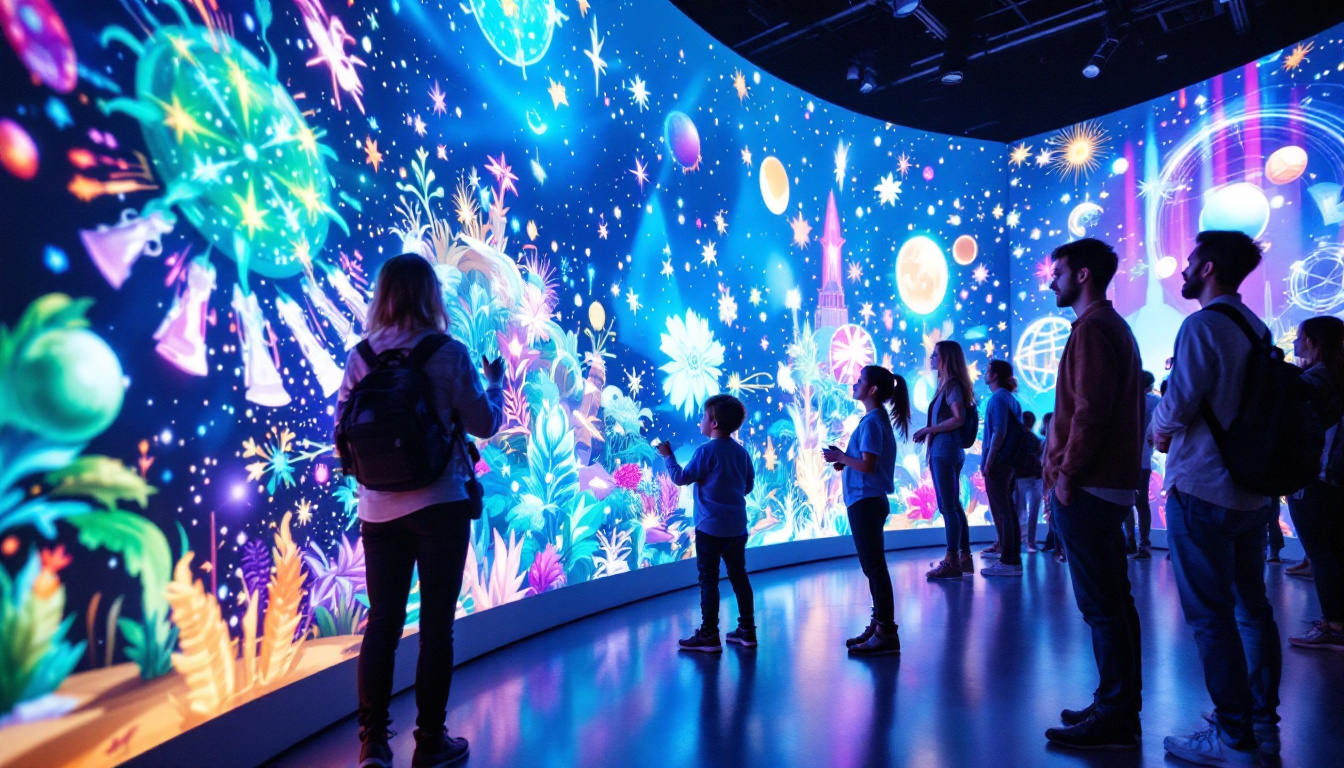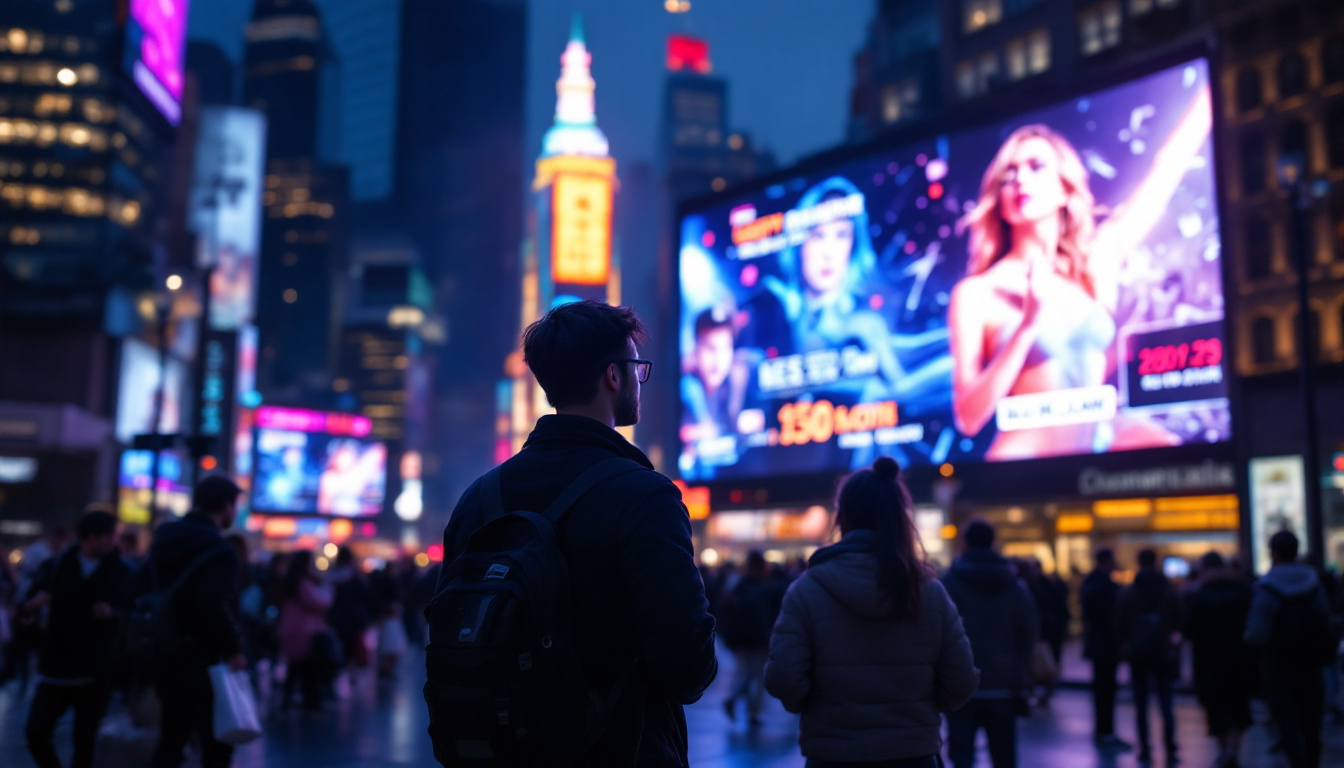In the ever-evolving landscape of advertising, innovative methods are continually emerging to capture the attention of consumers. One such method that has gained traction in recent years is car back glass advertising, particularly through the use of LED displays. This article delves into the intricacies of this modern advertising technique, exploring its benefits, functionality, and the future it holds for marketers.
Understanding Car Back Glass Advertising
Car back glass advertising refers to the practice of displaying advertisements on the rear windows of vehicles. This form of advertising leverages the visibility of moving vehicles in urban environments, where traffic congestion is common. The introduction of LED displays has revolutionized this concept, allowing for dynamic and eye-catching content that can be easily updated.
The Basics of LED Displays
LED, or Light Emitting Diode, displays are electronic screens that use LEDs to produce images and videos. They are known for their bright colors, high contrast, and energy efficiency, making them ideal for outdoor advertising. Unlike traditional static ads, LED displays can rotate through multiple advertisements, showcase animations, and even display real-time information.
In the context of car back glass advertising, LED displays can be integrated into the rear windows of vehicles, transforming them into mobile billboards. This not only enhances the visibility of the advertisement but also allows for creative and engaging content that can capture the attention of pedestrians and other drivers alike. The versatility of these displays means that advertisers can experiment with various formats, from short video clips to interactive content that encourages viewer participation.
Advantages of LED Displays in Car Advertising
The integration of LED technology into car back glass advertising offers numerous advantages. Firstly, the dynamic nature of LED displays allows advertisers to convey messages in a more engaging manner. Instead of a static image, potential customers can see animations or videos that can evoke emotions and spark interest.
Moreover, LED displays can be programmed to change content based on various factors such as time of day, location, or even current events. This adaptability ensures that the advertisement remains relevant and timely, increasing the likelihood of consumer engagement. For instance, during rush hour, an advertisement might focus on promoting nearby coffee shops to capture the attention of commuters looking for a quick caffeine fix, while at night, it could shift to highlight local entertainment options.
Additionally, the use of LED displays in car back glass advertising can enhance brand recall. Studies have shown that dynamic content is more memorable than static images, as the movement and brightness of LED displays can create a lasting impression on viewers. This is particularly beneficial in crowded urban settings, where competition for attention is fierce. As vehicles travel through high-traffic areas, the combination of motion and vivid imagery can significantly boost brand visibility and recognition, making it a powerful tool for marketers aiming to reach a diverse audience.
How LED Displays Work in Car Back Glass Advertising
Understanding the technology behind LED displays is crucial for grasping how they function in car back glass advertising. The process involves several components, including the display unit, a control system, and a power source.
The Display Unit
The display unit consists of a matrix of LEDs that can be arranged in various configurations to create images and text. These units are designed to be weather-resistant and durable, ensuring they can withstand the rigors of outdoor use. In car back glass advertising, the display unit is typically installed on the rear window, either as a full-screen display or in a segmented format. The flexibility in design allows for creative freedom, enabling advertisers to tailor their messages to fit the unique shape and size of the vehicle’s back glass.
Moreover, advancements in LED technology have led to the development of high-resolution displays that can render vibrant colors and intricate graphics. This capability not only enhances the visual appeal of advertisements but also increases viewer engagement. As vehicles navigate through urban environments, these eye-catching displays can capture the attention of pedestrians and other drivers alike, making them a powerful tool for brand visibility.
The Control System
The control system is the brain behind the LED display, responsible for managing the content that appears on the screen. This system can be programmed to display different advertisements at specific times or in response to certain triggers. For instance, a company might choose to display a promotional video during peak traffic hours to maximize visibility.
Additionally, many control systems allow for remote updates, enabling advertisers to change content without needing to physically access the vehicle. This feature is particularly beneficial for businesses that want to keep their messaging fresh and relevant. Some systems even utilize data analytics to assess viewer engagement, allowing advertisers to optimize their campaigns based on real-time feedback. This level of adaptability ensures that messages resonate with the target audience, ultimately enhancing the effectiveness of the advertising strategy.
Power Source
Powering an LED display in a vehicle requires careful consideration. Most systems are designed to draw power from the vehicle’s electrical system, ensuring they remain operational while the vehicle is in use. Some advanced setups may also incorporate solar panels to supplement power needs, making them more environmentally friendly and reducing the strain on the vehicle’s battery.
In addition to traditional power sources, innovations in battery technology have led to the development of compact, high-capacity batteries that can be integrated into the display unit itself. These batteries can store energy during the day and power the display at night or during low-light conditions, ensuring consistent operation. This versatility not only enhances the functionality of the advertising displays but also allows for greater flexibility in deployment, as vehicles can be parked in various locations without worrying about access to power outlets. As a result, advertisers can maximize their reach and impact, regardless of the time of day or the environment in which their vehicles are situated.
Regulatory Considerations for Car Back Glass Advertising
As with any form of advertising, car back glass advertising using LED displays is subject to various regulations. These regulations can vary significantly by region, so it is crucial for advertisers to familiarize themselves with local laws before implementing such campaigns.
Local Laws and Regulations
Many cities have specific ordinances governing the use of digital displays on vehicles. These laws may dictate the brightness of the display, the type of content that can be shown, and even the times during which advertisements can be displayed. For instance, some jurisdictions may prohibit flashing or animated content to prevent distractions for other drivers.
Failure to comply with these regulations can result in fines or the removal of the advertising display, making it essential for advertisers to conduct thorough research and potentially consult legal experts before launching their campaigns.
Safety Considerations
Safety is another critical aspect of car back glass advertising. LED displays must be installed in a manner that does not obstruct the driver’s view or distract other road users. Advertisers should prioritize safety by ensuring that the display is positioned correctly and adheres to all relevant safety standards.
Effectiveness of Car Back Glass Advertising
The effectiveness of car back glass advertising, particularly with LED displays, can be measured through various metrics. These metrics often include visibility, engagement rates, and return on investment (ROI).
Visibility and Reach
One of the primary advantages of car back glass advertising is its visibility. Vehicles are constantly on the move, traveling through high-traffic areas where they can reach a diverse audience. Studies have shown that digital displays can increase visibility by up to 50% compared to traditional static ads.
Moreover, the ability to change content dynamically allows advertisers to tailor their messages to specific audiences or events, further enhancing reach. For example, a local restaurant could promote a special offer during lunchtime, targeting potential customers in the vicinity.
Engagement and Interaction
Engagement is another crucial factor in measuring the effectiveness of advertising. LED displays can encourage interaction through QR codes or social media prompts, inviting viewers to engage with the brand beyond the initial advertisement. This interactivity can lead to increased brand awareness and customer loyalty.
Challenges of Car Back Glass Advertising
Despite its many advantages, car back glass advertising using LED displays is not without challenges. Advertisers must navigate various hurdles to ensure successful campaigns.
Cost Considerations
Implementing LED displays can involve significant upfront costs. The technology itself, along with installation and maintenance, can be expensive. For small businesses, this initial investment may be a deterrent, leading them to seek more traditional advertising methods.
However, it is essential to view this cost as a long-term investment. The potential for increased visibility and engagement can lead to higher returns, making it a viable option for businesses looking to expand their advertising reach.
Technical Issues
Technical issues can also pose challenges for advertisers. LED displays, like any technology, can experience malfunctions or require maintenance. Ensuring that the display is functioning correctly is crucial for maintaining a professional image and maximizing the effectiveness of the advertising campaign.
The Future of Car Back Glass Advertising
The future of car back glass advertising looks promising, especially with the continuous advancements in technology. As LED displays become more sophisticated, advertisers will have even more opportunities to engage with their audiences.
Integration with Smart Technology
As smart technology continues to evolve, the integration of LED displays with mobile apps and other digital platforms is likely to become more prevalent. This could allow for real-time updates based on user behavior or preferences, creating a more personalized advertising experience.
For instance, a driver could receive notifications about nearby promotions or events based on their location, enhancing the relevance of the advertisements displayed on their vehicle.
Environmental Considerations
With growing awareness of environmental issues, there is an increasing demand for sustainable advertising solutions. The incorporation of solar panels and energy-efficient technologies in LED displays could make car back glass advertising a more eco-friendly option. This shift could resonate with consumers who prioritize sustainability, further enhancing brand loyalty.
Conclusion
Car back glass advertising using LED displays represents a dynamic and innovative approach to reaching consumers. With its ability to deliver engaging content, adapt to various contexts, and capture the attention of a diverse audience, this method of advertising is set to grow in popularity.
As technology continues to advance and regulations evolve, businesses that embrace car back glass advertising will likely find themselves at the forefront of a new wave of marketing strategies. By understanding the intricacies of this advertising method and navigating its challenges, companies can effectively leverage LED displays to enhance their brand visibility and drive consumer engagement.
Illuminate Your Brand with LumenMatrix
Ready to transform your advertising strategy and illuminate the streets with your message? LumenMatrix is at the forefront of LED display innovation, offering a wide array of solutions from Indoor and Outdoor LED Wall Displays to Vehicle LED Displays and beyond. Our mission is to revolutionize visual communication, ensuring your brand not only stands out but also resonates with audiences through captivating visual experiences. Don’t let your message fade into the background. Check out LumenMatrix LED Display Solutions today and drive your brand visibility to new heights.

